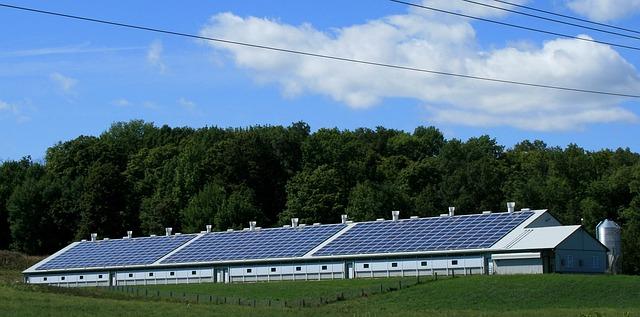Important Factors to Consider When Choosing Your Renewable Energy System
The need for sustainable energy has become clear due to the negative impact of fossil fuels on our environment. As a result, many people are turning to renewable energy systems like solar panels, wind turbines, and hydropower generators. This guide will discuss key factors to consider when choosing a renewable energy system. Whether you want to reduce your carbon footprint or save on electricity bills, understanding these factors will help you make an informed decision and choose the best system for your needs.
Assessing Your Energy Needs and Usage
Assessing your energy needs and usage is the first step in choosing the right renewable energy system for your home or business. This involves evaluating your current electricity consumption, as well as any future changes in energy needs. For example, if you are planning to expand your property or add new appliances, this will affect your energy requirements and must be taken into consideration when selecting a system. Factors such as location, climate, and available space will also impact your energy needs. For instance, a biomass boiler may be a suitable option for those living in colder climates with access to wood or other biomass sources. Understanding your energy needs is important in determining the most efficient and cost-effective renewable energy system for your unique situation.
Evaluating the Cost and Long-term Savings of Renewable Energy
While renewable energy systems may have higher upfront costs than traditional sources, they can lead to significant long-term savings on electricity bills. Researching the initial costs and potential savings of different systems will help you understand which option fits your budget and goals. Consider the maintenance and operational costs in the long run. For example, solar panels may need periodic cleaning, while wind turbines require regular inspections. Consulting a renewable energy expert can help you evaluate the cost-effectiveness of different systems based on your needs. Many governments offer incentives and tax rebates for switching to renewable energy, which can further reduce the overall cost. Consider both upfront costs and long-term savings when choosing your renewable energy system.
Location, Climate, and Available Resources
Different systems are better suited for certain locations and climates, and the availability of resources in a particular area can also impact the viability of a specific system. For example, solar panels may be a great option for sunny areas with plenty of open space, while wind turbines may be more suitable for windy regions. Hydropower generators require access to a water source such as a river or stream, while geothermal systems work best in areas with high levels of underground heat. To ensure maximum efficiency and effectiveness, consider these factors when selecting your renewable energy system.
Considering Maintenance and Durability
Each system has unique maintenance requirements and lifespans that should be taken into account when making a decision. For example, solar panels generally have a lifespan of 25-30 years, while wind turbines can last up to 20 years with proper maintenance. To ensure long-term cost-effectiveness and sustainability, consider the maintenance and durability of the system. Look into the warranty and support options provided by the manufacturer, as well as any additional maintenance or replacement costs that may arise. Also, take into account the potential impact of extreme weather conditions on your chosen renewable energy system. For instance, if you live in an area prone to hurricanes, you may need to invest in stronger and more durable equipment.
Government Incentives and Tax Credits for Renewable Energy Systems
Switching to renewable energy benefits the environment and offers financial perks through government incentives and tax credits. Many governments provide programs to help cover the upfront costs of installing renewable energy systems, including rebates, grants, and low-interest loans. Tax credits are also available, allowing investors to deduct a percentage of the cost from their taxes. These incentives not only make renewable energy more accessible but also promote the growth of sustainable energy. Research these opportunities when considering renewable energy systems.
For instance, the txu energy simple rate 12 plan provides a straightforward pricing structure that can complement your savings from adopting renewable energy sources.
Impact on Environment: Comparing Emissions and Footprint Reduction
Compared to traditional fossil fuels, renewable energy systems produce significantly fewer emissions and have a smaller carbon footprint. When evaluating different options, consider their environmental impact and potential for reducing greenhouse gas emissions. Different systems will have varying levels of impact depending on factors such as energy source, efficiency, and location. For example, solar panels and hydropower have low carbon emissions while biomass systems may produce more emissions depending on the type of fuel used.
Choosing a renewable energy system requires careful consideration of various factors. By taking these factors into account, you can choose the most suitable renewable energy system for your specific needs, benefitting both your wallet and the planet in the long run. Make a positive change today by switching to renewable energy.

